- 1

Ecosistema integrado con Lovable: diseño, datos y monetización
02:32 - 2
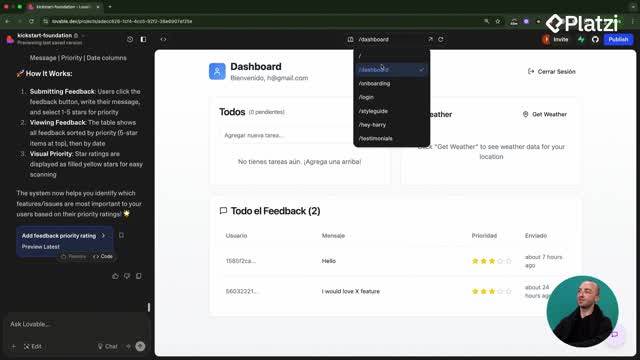
Estructura de rutas y diagramas Mermaid para apps de fotos
05:19 - 3
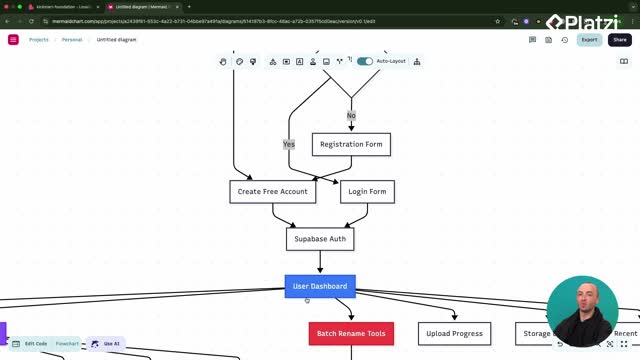
Construcción de dashboards con diagramas mermaid y prompts efectivos
05:33 - 4
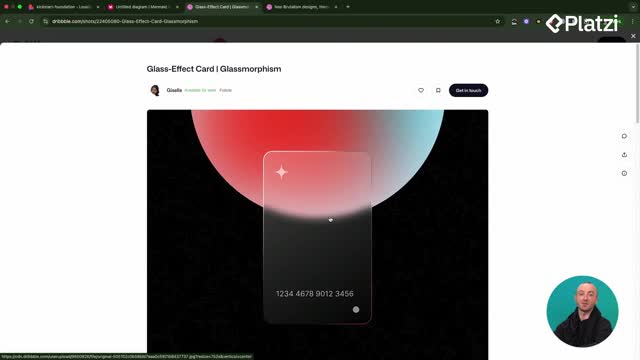
Aplicación de temas de diseño glassmorphism y neo-brutalism
06:36 - 5

ShadCN y 21st Dev para mejorar interfaces de usuario
06:18 - 6
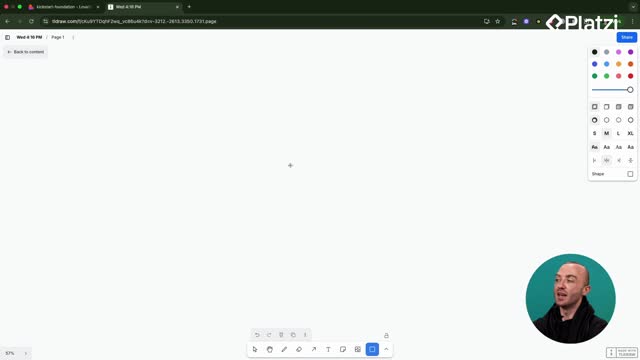
Componentes reutilizables en React para apps más rápidas
05:36
Configuración de roles de usuario en aplicaciones web
Clase 10 de 27 • Curso de Lanzamiento y Monetización de Webs con Lovable
Contenido del curso
- 11
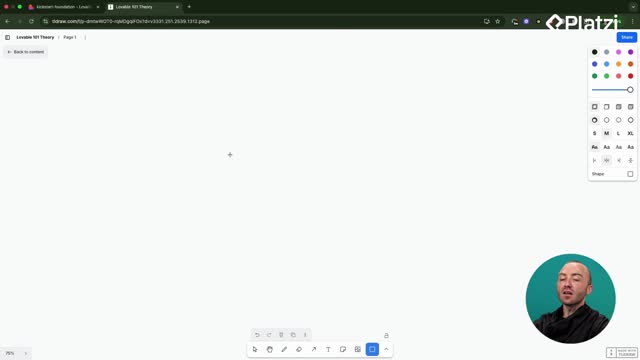
Diferencias entre cliente y servidor en aplicaciones web
04:04 - 12
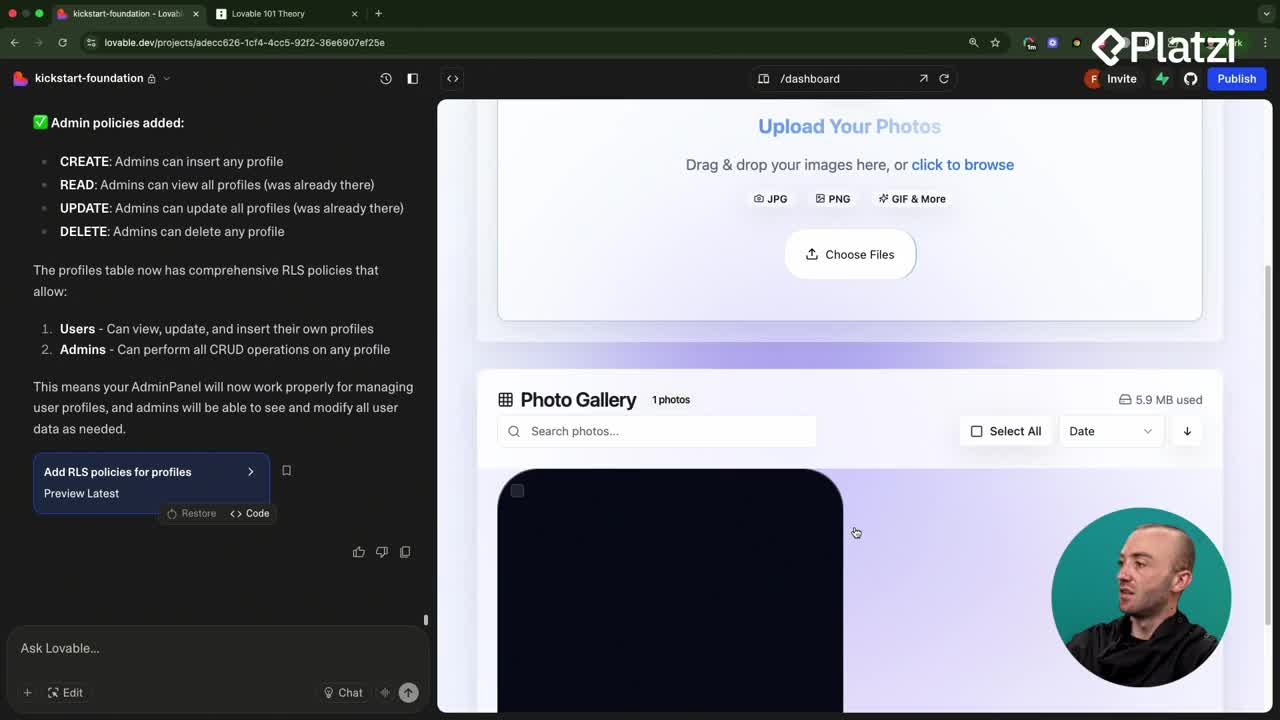
Integración de OpenAI Vision para renombrar fotos automáticamente
08:43 - 13
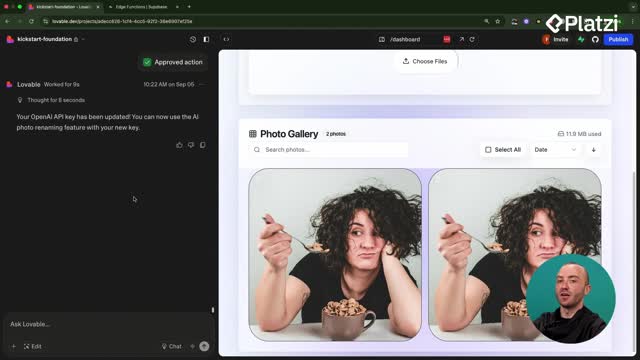
Depuración de errores en apps con Lovable y Supabase
05:52 - 14
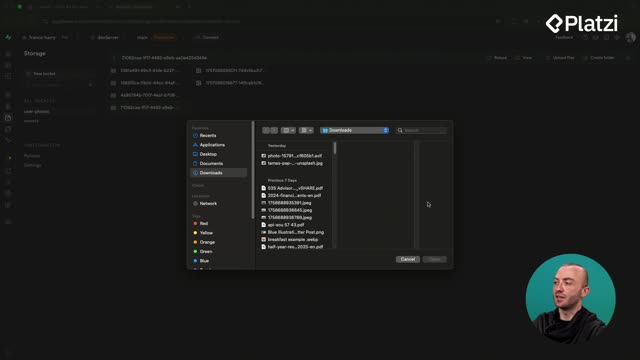
Supabase Storage con buckets seguros y tablas de metadatos
08:41 - 15
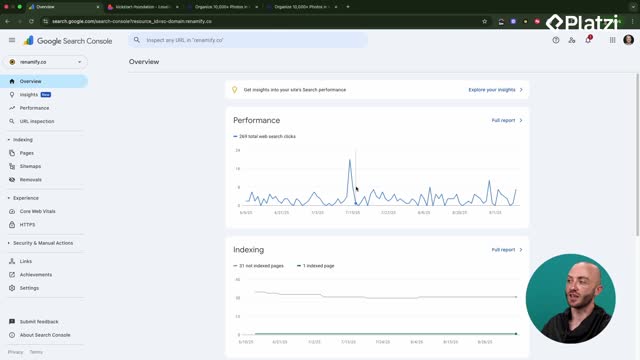
Conectar aplicación a Google Search Console para indexación
05:53
- 16
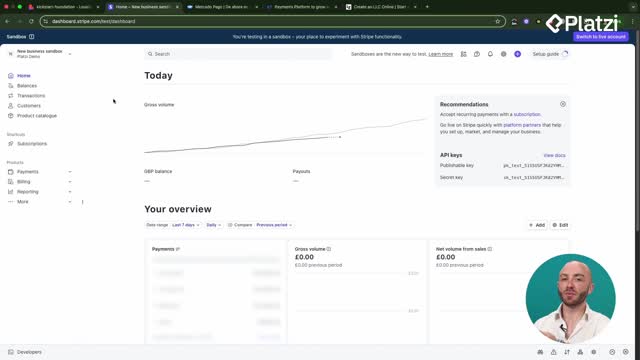
Configuración de Stripe y opciones de pago para tu aplicación
02:31 - 17
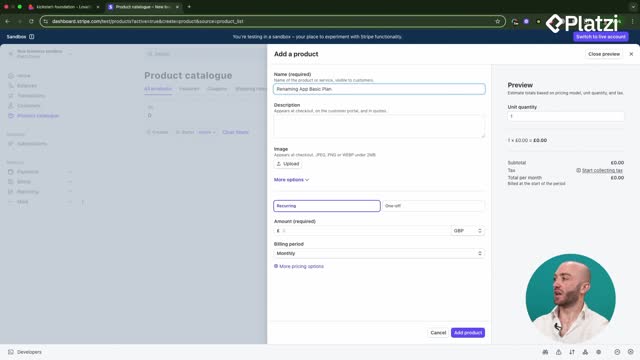
Configuración de productos y precios en Stripe
06:50 - 18

Integración de Stripe Checkout en aplicaciones web
07:21 - 19

Configuración de webhooks de Stripe para cancelaciones de suscripción
11:59 - 20
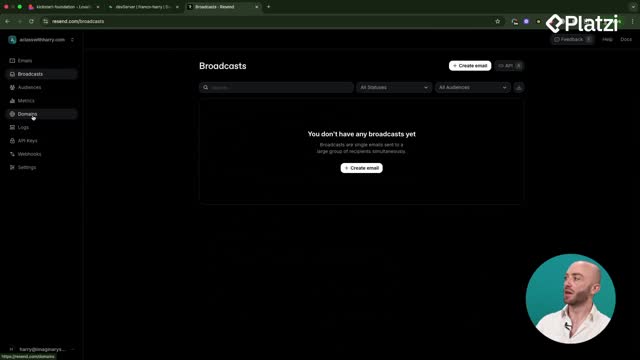
Integración de Resend para emails transaccionales y seguimientos
07:41 - 21
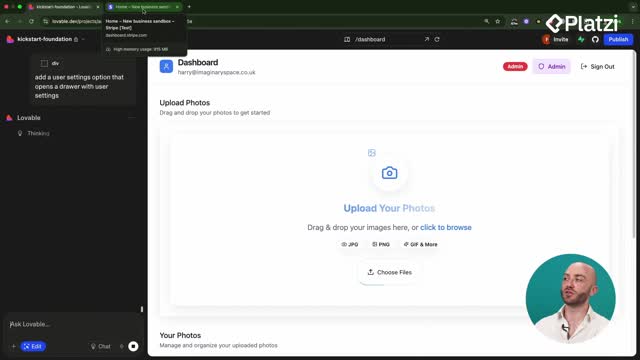
Integración del portal de Stripe y límites de planes en el frontend
09:12
- 22
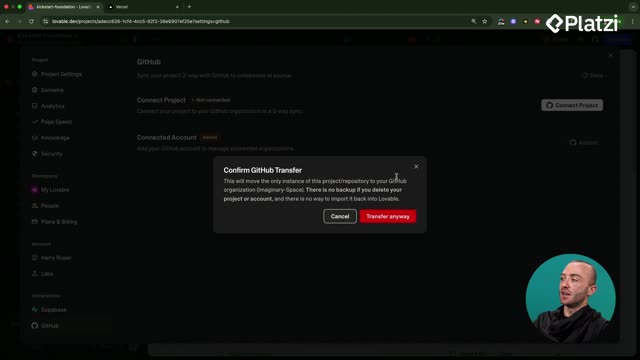
Cómo desplegar aplicaciones de Lovable a Vercel con GitHub
08:33 - 23

Conectar dominio personalizado con SSL en Vercel
04:57 - 24
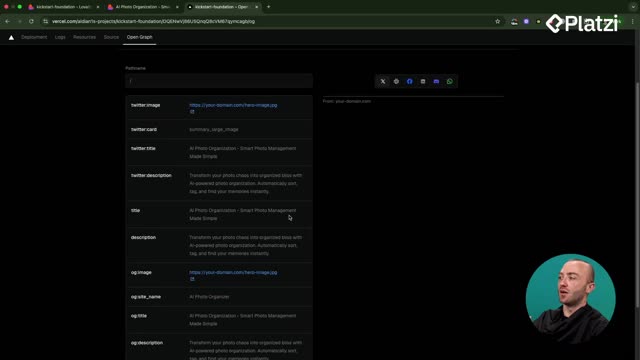
Configuración de OpenGraph y SEO para enlaces compartibles
10:06 - 25
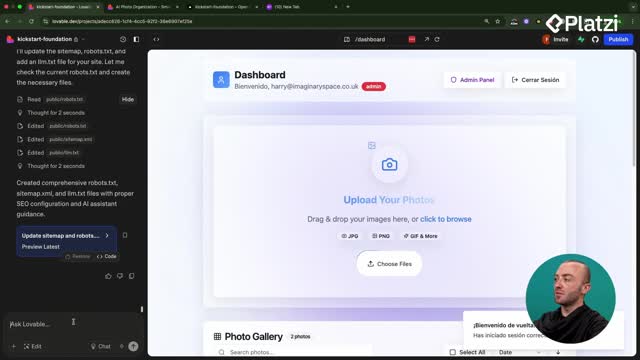
Configuración de logging personalizado para errores de aplicación
09:15 - 26
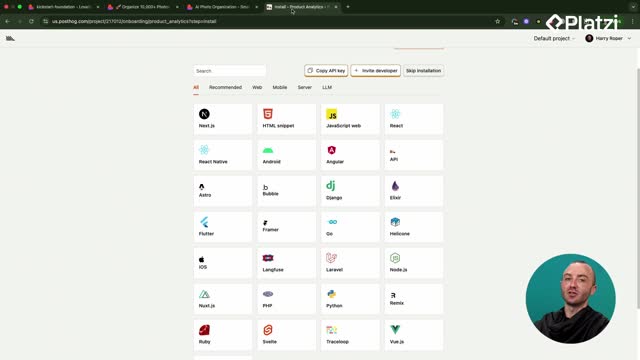
Configuración de Posthog para analíticas en React con Lovable
08:50 - 27
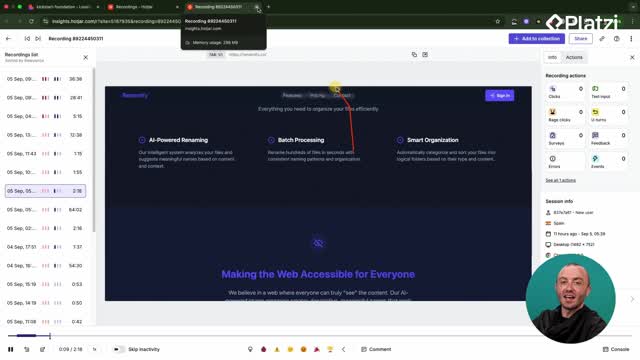
Instalación de Hotjar en Lovable para análisis de usuarios
05:43
Adding role-based access in Lovable and Superbase lets you offer an admin experience with control over users and data. Here you’ll see how to define roles, secure them in the database, show admin-only UI, and enable admin CRUD on the profiles table using RLS.
How do you set up a role-based system in Lovable and Superbase?
A clear structure ensures that only approved users gain extra permissions. The flow starts in Lovable by creating roles and approving the proposed database changes.
- Define two roles: admin and user.
- Set the default role to user for any new account.
- Create a secure user roles table linked to the user ID.
- Approve the Lovable prompts that add or replace database functions.
What structure should roles and users have?
- Use a dedicated roles table associated with each user ID.
- Ensure new users get a base role of user automatically.
- Keep role data readable but not editable by regular users.
Why use a separate roles table for security?
- Editing roles directly on the profile would let users change their own role.
- A secure roles table blocks unauthorized updates.
- Users can only read their role, preventing escalation by malicious updates.
How do you assign the admin role?
- Insert a new row in the roles table and select your user ID.
- Choose the admin role.
- Save the change to grant admin privileges.
How do you show admin-only UI in the dashboard?
The UI should reflect the user’s role. In Lovable, add a button in the dashboard header that only admins can see and click to open the admin panel.
- Show an admin badge when the role is admin.
- Render an Admin button only for admins.
- Route the button to the newly added admin panel.
How can you test admin visibility?
- Switch your role from admin to user in the roles table.
- Refresh the deploy page and confirm the badge disappears.
- Verify the Admin button also disappears for non-admin users.
What happens when the role toggles back to admin?
- Change your role back to admin.
- The badge returns and the Admin button reappears.
- Clicking it opens a page listing all users.
How do admins get CRUD access to user data with RLS?
To load and manage user data in the admin panel, add RLS for admins on the profiles table, enabling create, read, update, delete.
- Ask Lovable to add RLS policies so admins can CRUD on profiles.
- Run the proposed database queries and confirm success.
- Check the admin panel: user data should now load correctly.
What admin actions are now possible?
- View all users in the admin panel.
- Update roles as needed to build your admin team.
- Extend the panel with stats, user data, and other admin tools.
Key concepts and skills highlighted: - Role-based system: define admin and user roles, assign per user. - Default role: new accounts start as user to restrict access by default. - Secure roles table: prevents users from editing their own roles. - Admin-only UI: badge and button controlled by role checks in the dashboard header. - RLS (row-level security) on the profiles table: grants admins controlled CRUD. - CRUD: create, read, update, delete on user data for admins.
What feature would you add next to your admin panel? Share ideas or questions and keep building.